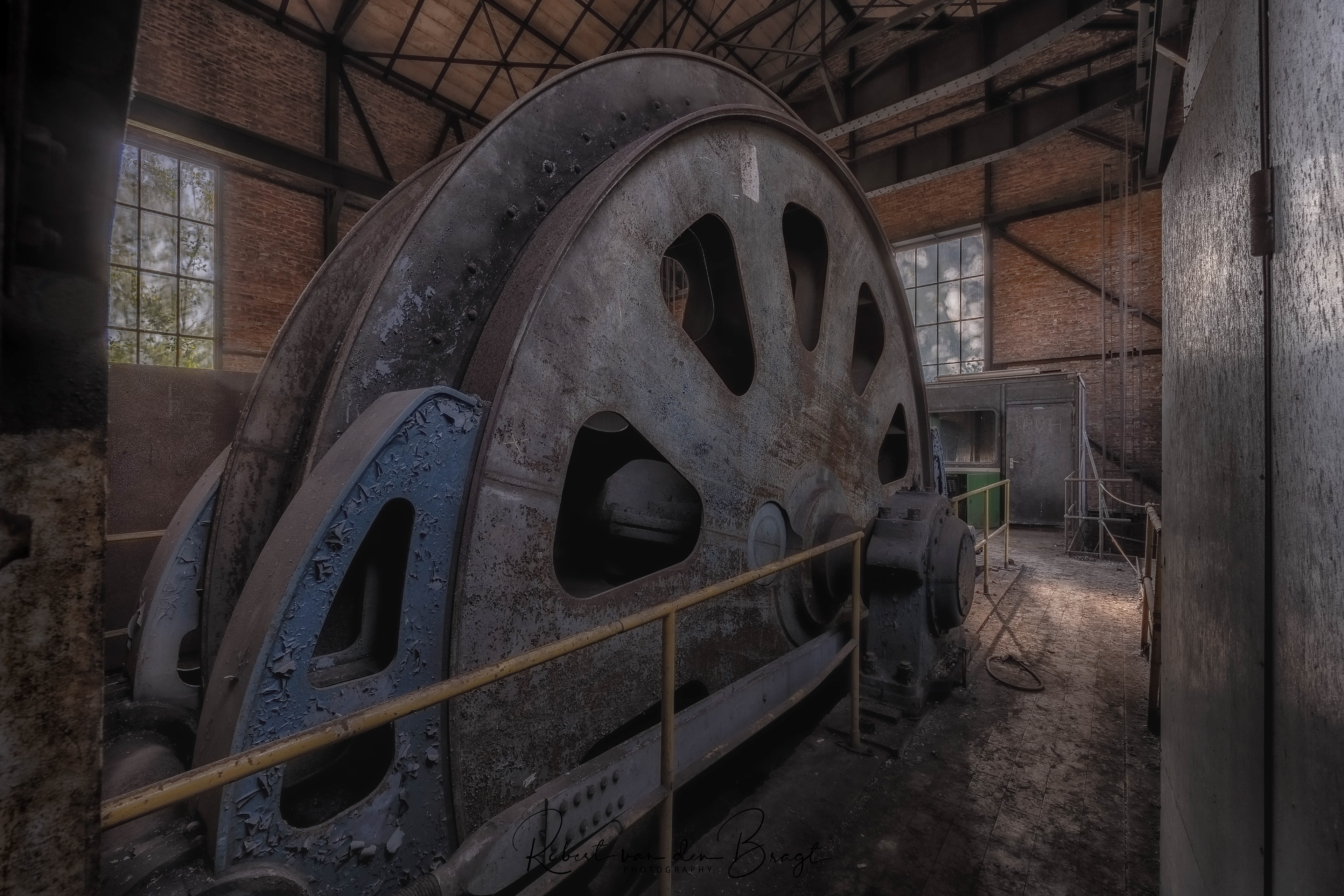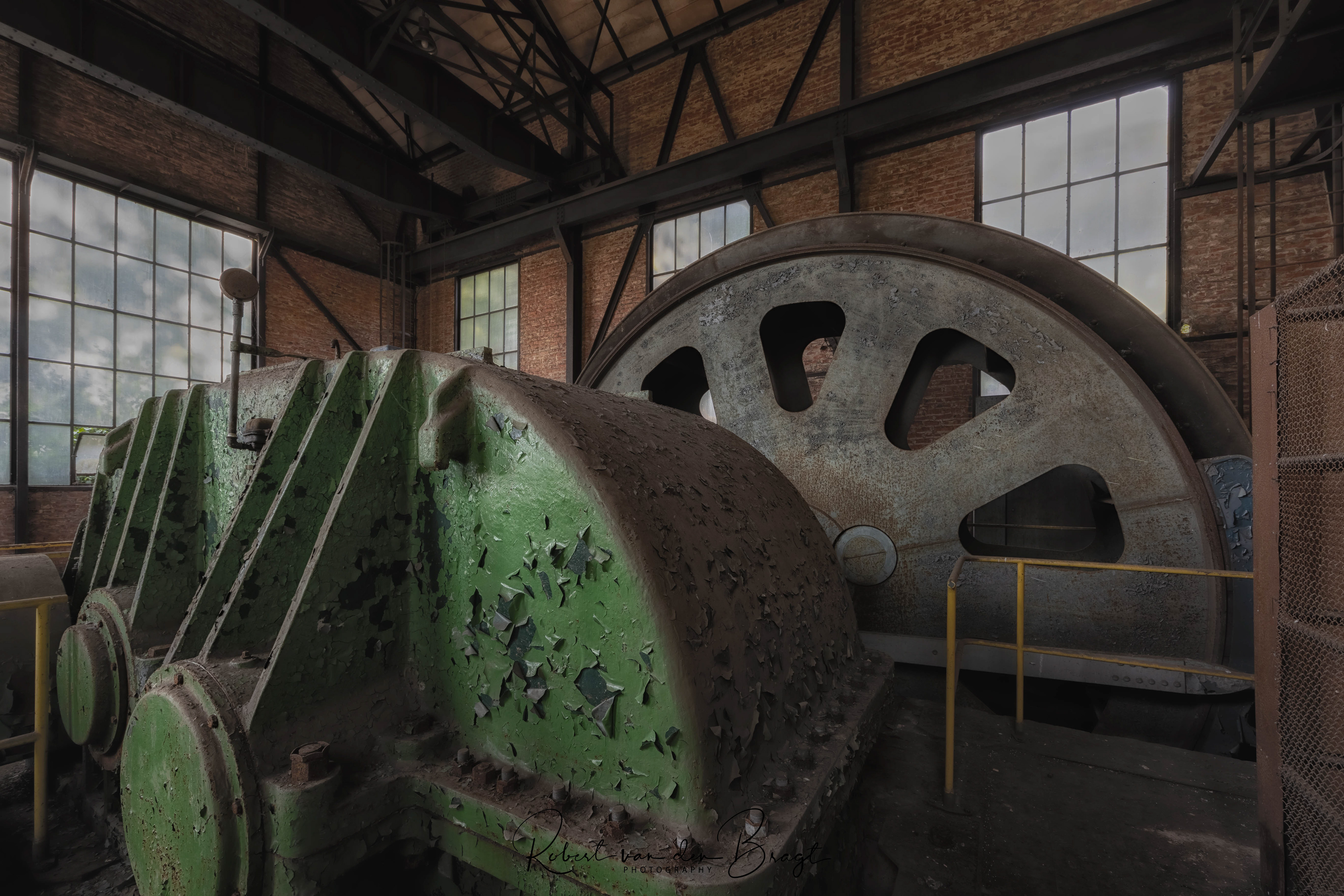Grubbe Itzenplitz
As part of the expansion of the Reden mine, a new mine tunnel, the Rußhütterstollen, was built in 1856 to shorten transport routes in the Rußhütter valley near Heiligenwald .
In 1860, the sinking of the first civil engineering shaft, Itzenplitz I, began. In the same year, the almost 1.9 km long railway line from Reden to the Itzenplitz mine was built. [ 1 ]
In 1872, the Itzenplitz shaft II was sunk in the Redenboden. In the following years, a mine house, a carpenter's workshop and a forge were built. In 1864, the mine was named after the Prussian minister of trade, Count Heinrich Friedrich von Itzenplitz.
In 1878/79, the Itzenplitz pond was constructed with a pump house, which today forms the core of the local recreational area of Itzenplitz. The water was used to power the steam engines for extraction.
In 1886, shaft III was sunk, whose main frame is now the oldest surviving one on the Saar. A coal washing plant was built in 1894/95 and in 1910 the mine got its own washing room.
In 1920, all properties of the Prussian Mining Treasure passed to France, and in 1935 they returned to the ownership of the German Reich. In 1942/43, the Rätterhalle and the coal washing area were demolished. In 1950, shaft II received a new main frame. Over 1,200 miners arrived at Itzenplitz daily .



What do you think of this album, please leave a message
